“Pirate Printers” Raubdruckerin literally take to the streets in their home Berlin but also in Lisbon, Amsterdam, Paris and around the world and print shirts using objects on the streets. So cool. Some photos and then a more or less translation down below about what they are about.
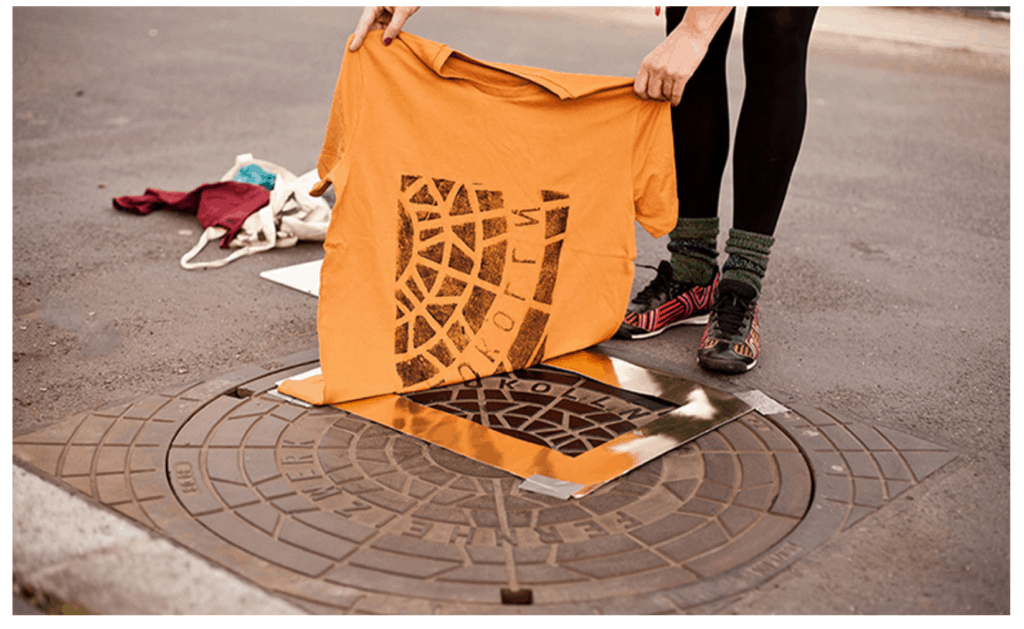
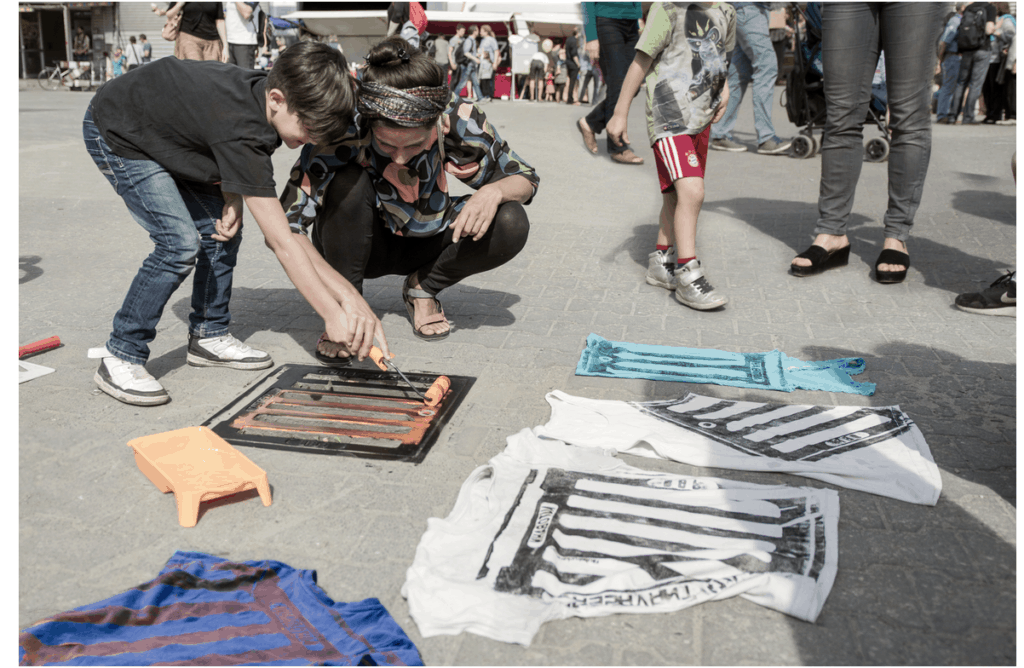
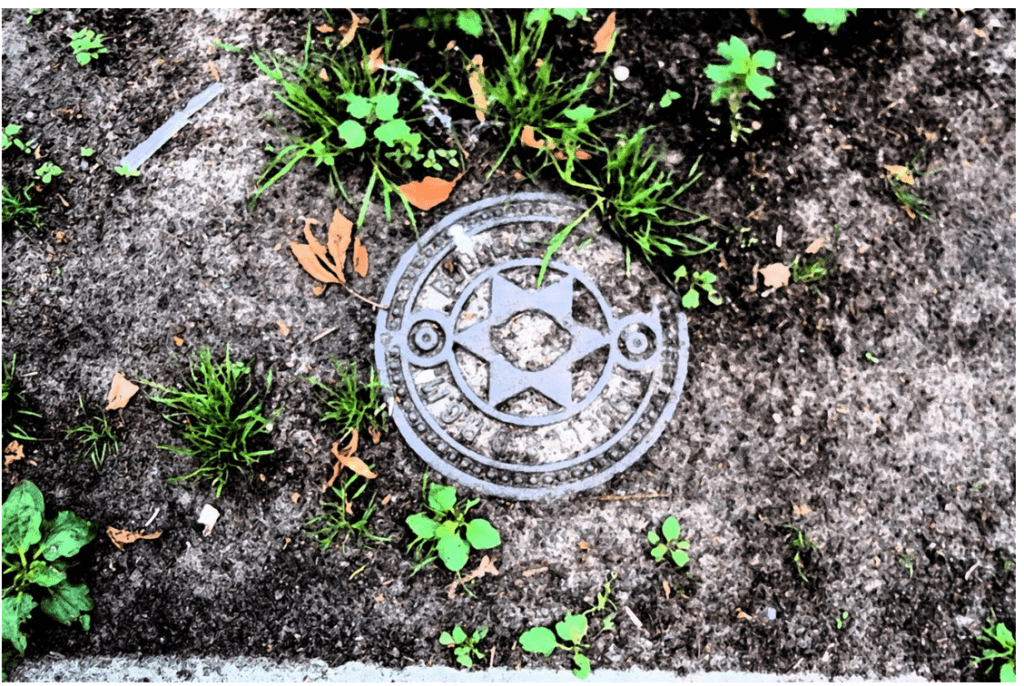
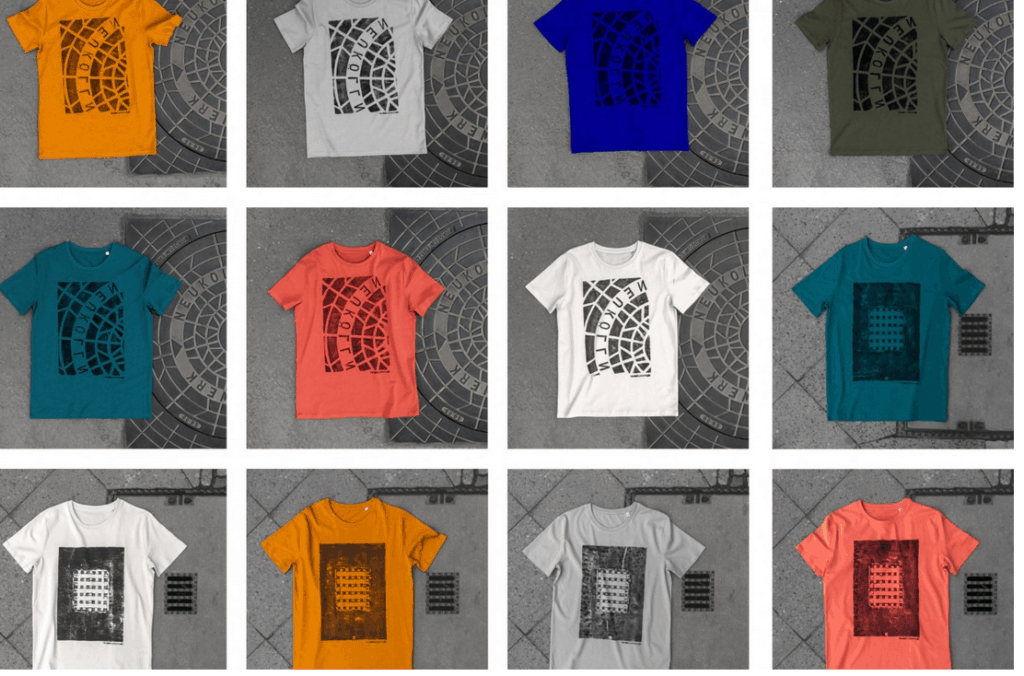
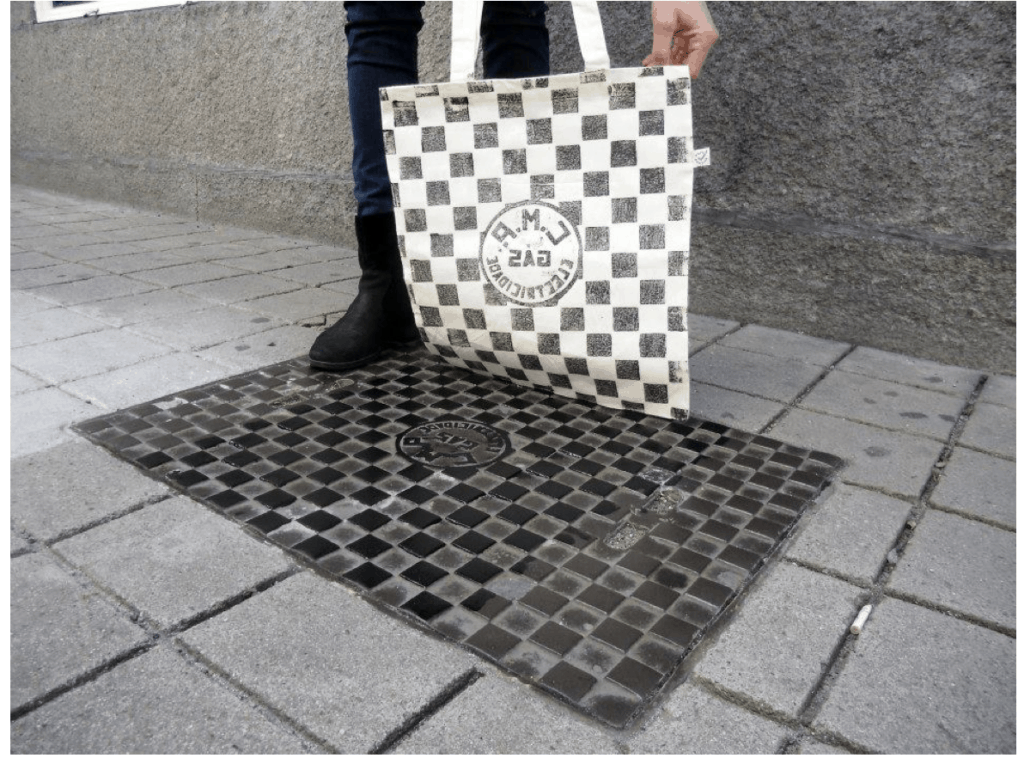
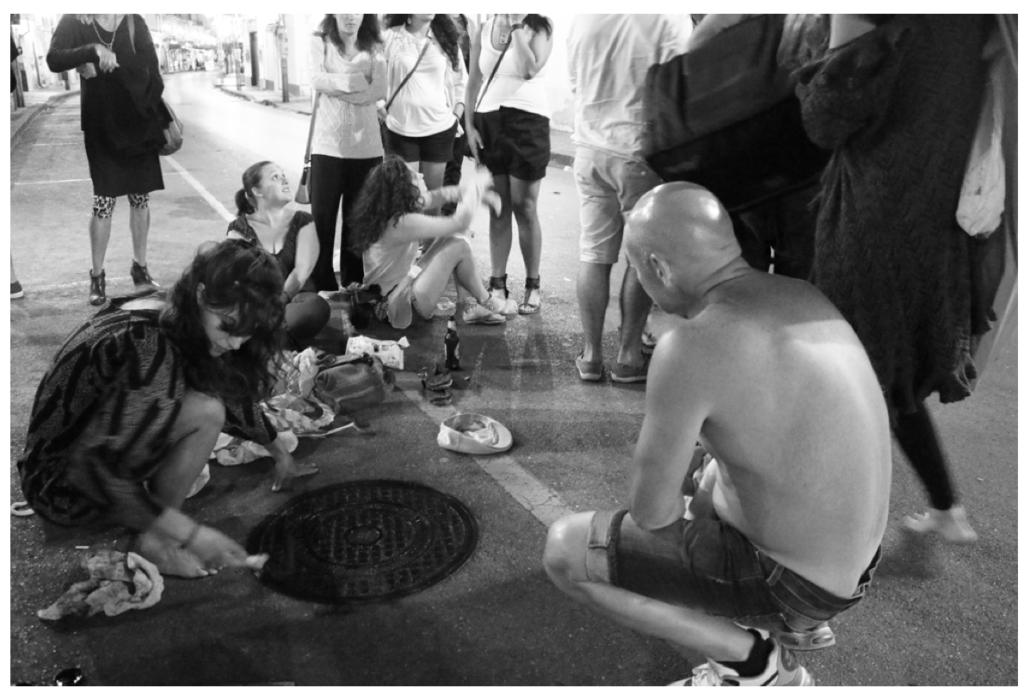
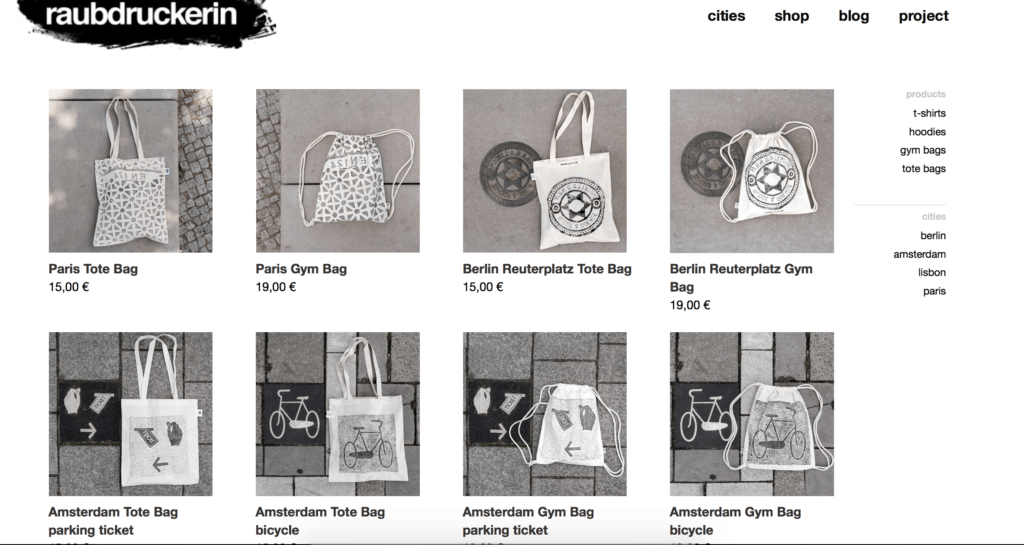
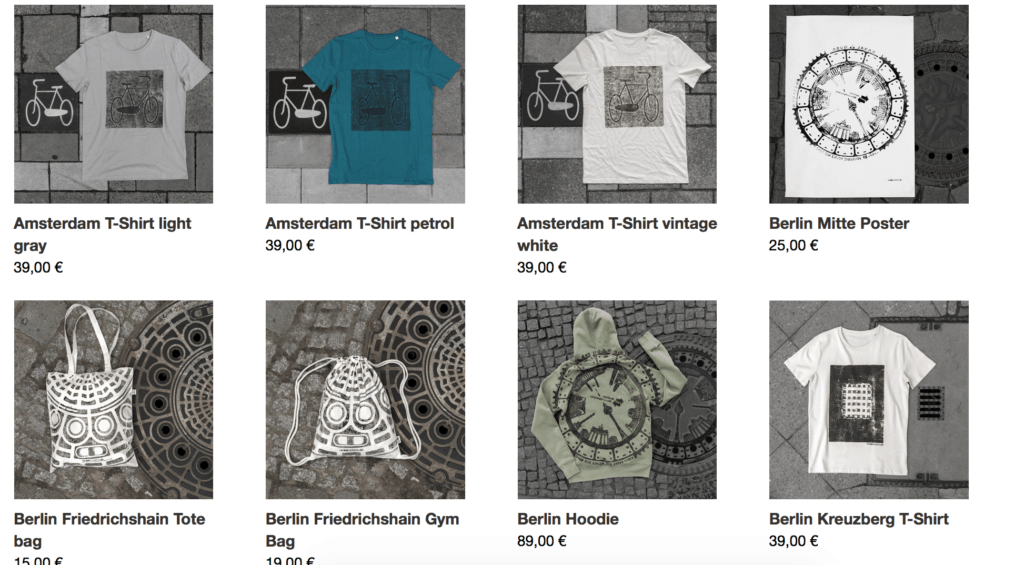
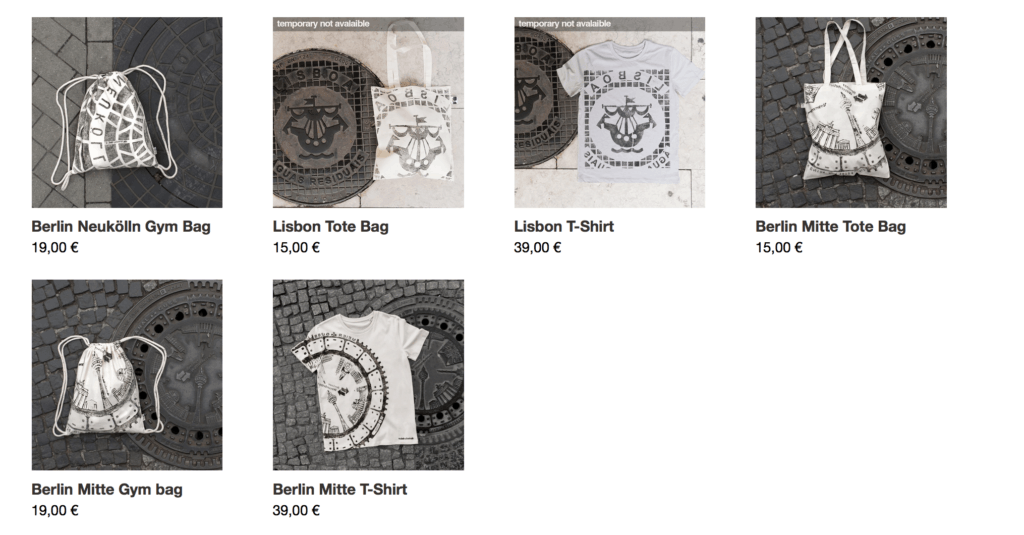
Raubdruckerin uses existing surfaces such as grids, concrete and manhole cover as a stamp and produce graphical footprints. Seemingly banal, incidental and overlooked things are thus the pictorial-graphic “elicits”.
Mainly cast iron manhole covers are used to print on to clothes and paper. This neglected city art is surprising, in it’s diversity, creativity of design and the careful integration into the surroundings. We pay attention to such overlooked structures of urban space by raubdruckerin and they serve as our “rubber stamps.”
This urban inspired art is in some ways reversed street art, because the urban area is slightly withdrawn and people carry it through the world. They become part of the project. This produces a refinement of everyday culture and a permanent mind-altering connection to our environment. Wonderful prints tell a story in conjunction with the time and place of it’s own history.
Almost all print works are directly printed on the object in a public space instead and thus have a performative character. You are invited to meetings and conversations about perception, places and objects. Spectators and passersby are sometimes spontaneously invited to print their own clothes!
SUSTAINABILITY
The special raubdruckerin printing process generates unique and authentic patterns and uses only “manpower”, that is a paint roller and paint. Chemicals, materials and / or equipment used in conventional printing methods are omitted since the imprints are made directly from existing structures. This certified or “upcycled” clothing is printed with water-based eco-tex certified colors without solvents, plasticizers or heavy metals and only on eco-fair GOTS (Global Organic Textile Standards) shirts and bags . Sustainability is very important to raubdruckerin for development in a healthy future.
THE CITIES
In Berlin, raubdruckerins hometown, there are 4 core designs. Kreuzberg, Mitte, Neukölln and Friedrichshain. One of Berlin’s most famous landmarks is the manhole cover of the water works, and it is among the most popular designs and it also makes for an original souvenir from Berlin. The Neukölln cover, with its geometric pattern and the inscription “Neukölln” is the most “hip” among the designs and comes from a manhole cover of the heating plant Neukölln. The Kreuzberg print, however, is very stylized and rough. He comes from a very simple concrete lid with central lattice structure of a telephone company. Exotic and “Aztec” pattern of Friedrichshain prints are of a shaft that perhaps leads to paradise?
Raubdruckerin is not limited to the local level in Berlin, but also tells the stories of other places. When traveling, it is always about the search for undiscovered beauties to impressions. Until now, the tours went to Portugal – Lisbon, Porto, Faro, Lagos, Greece – Thessaloniki, Athens, Kavala, France – Paris, Turkey – Istanbul, Mexico – Mexico City, Italy – Napoli, Catania, Rome and India… .to be continued!
STORY
The initial idea for the project was created in 2006 in the studio of Johannes Kohlrusch in the Portuguese city of Alentejo. Under the name Estampatampa Emma-France Raff made the first test prints on a country road towards Lisbon and after evaluation of the results, the project was born. The first event took place in 2007 at the “Festival Musicas do Mundo” in the town of Sines. Two years later, it was back to Berlin and designs from Mitte, Kreuzberg, Neukölln and Friedrichshain were found
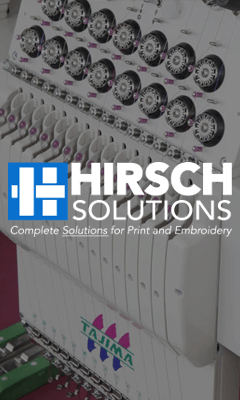
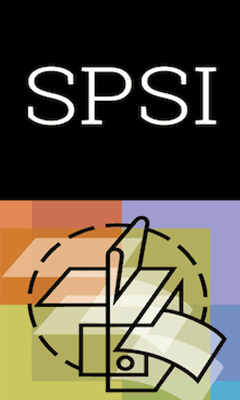
Comments